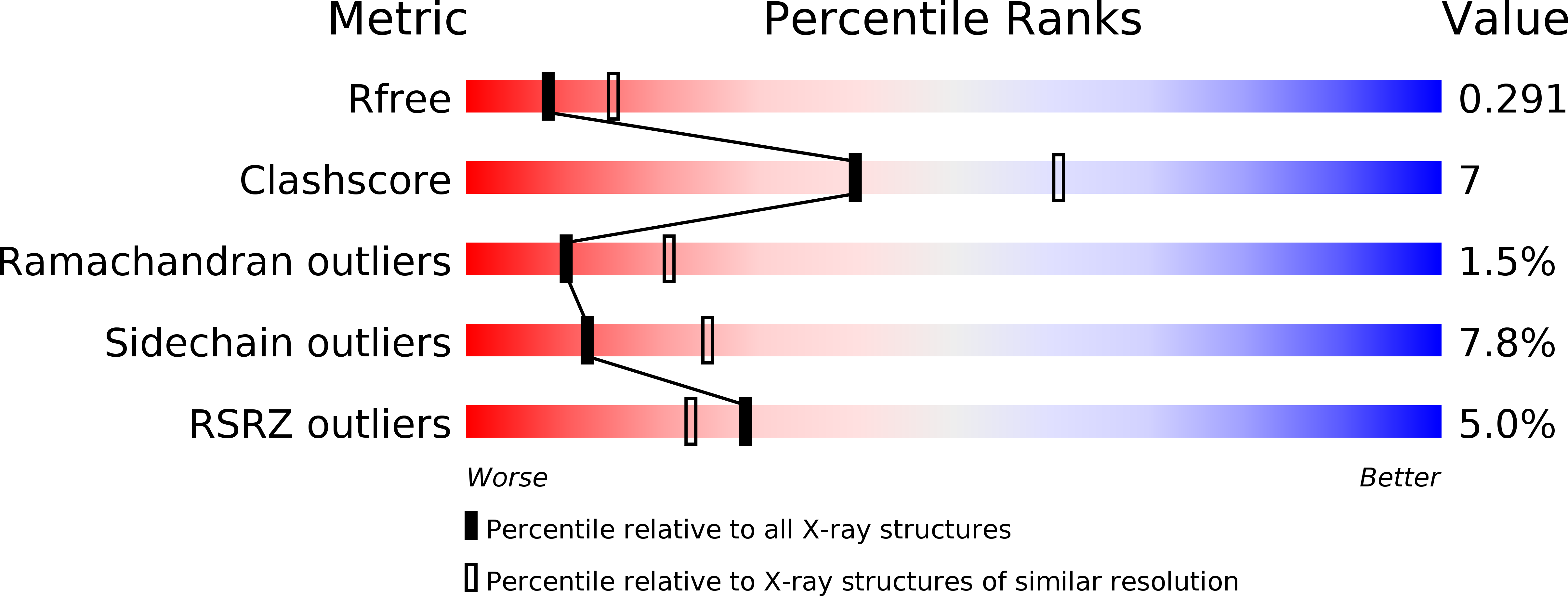
Deposition Date
2007-11-20
Release Date
2008-01-01
Last Version Date
2024-11-13
Entry Detail
PDB ID:
3BEW
Keywords:
Title:
10mer Crystal Structure of chicken MHC class I haplotype B21
Biological Source:
Source Organism:
Gallus gallus (Taxon ID: 9031)
Host Organism:
Method Details:
Experimental Method:
Resolution:
2.60 Å
R-Value Free:
0.29
R-Value Work:
0.23
R-Value Observed:
0.23
Space Group:
P 1 21 1


